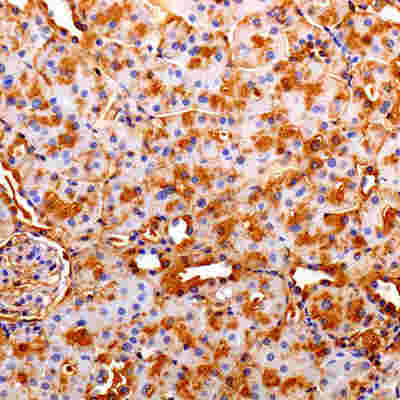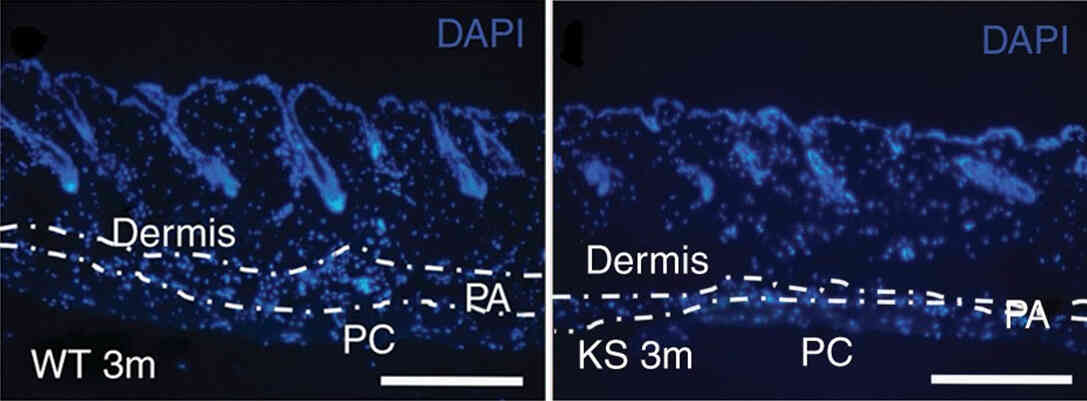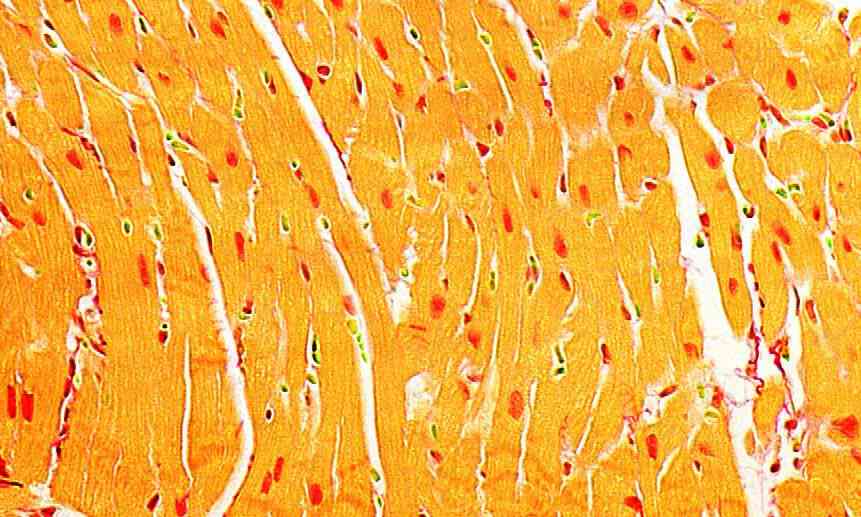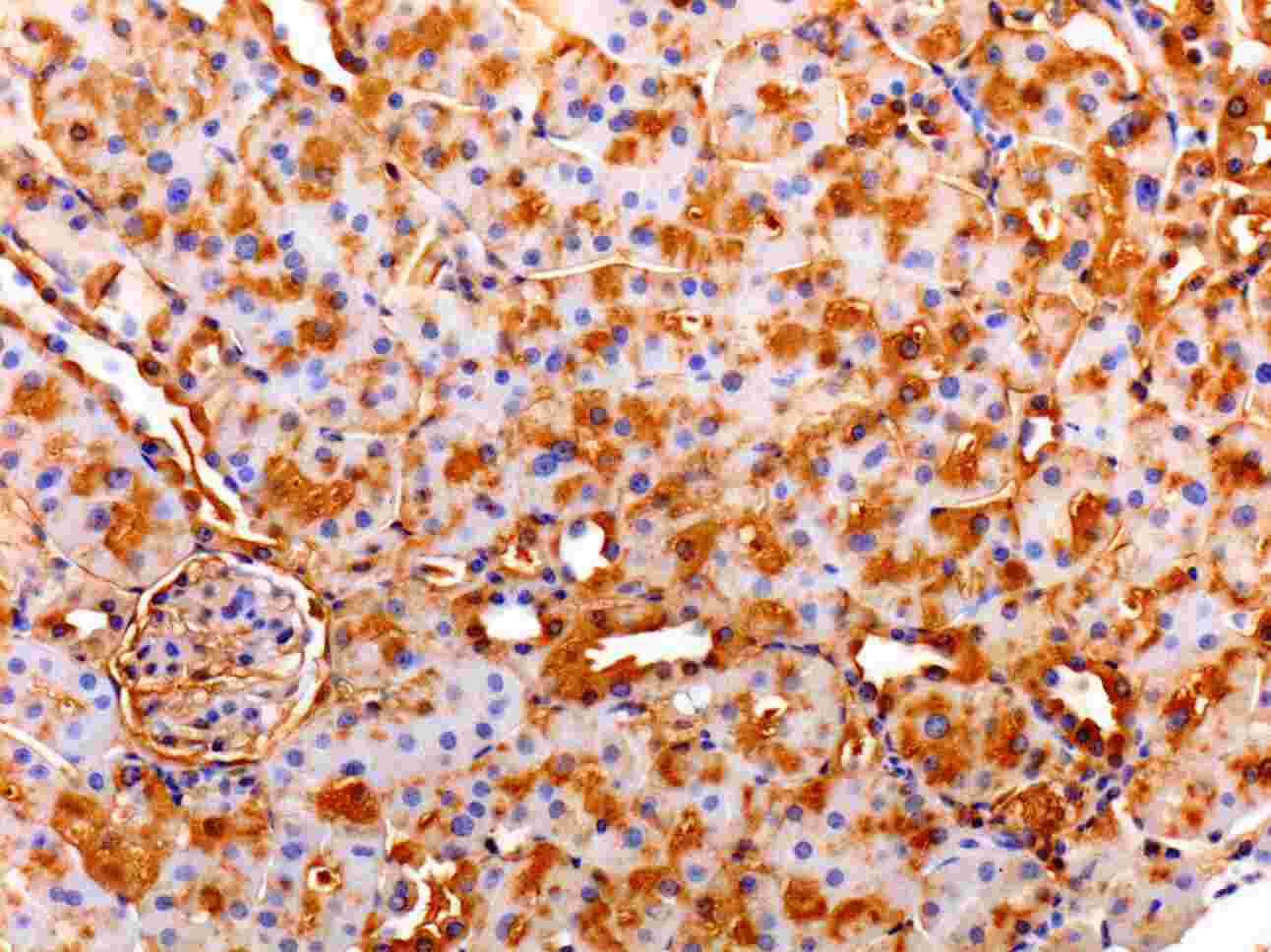Diabetic Retinopathy
The team has used cultured cell and animal models to evaluate the underlying mechanisms of diabetic retinopathy and the mechanism of beneficial effect of fenofibrate, which has been shown in the FIELD and ACCORD Lipid Eye trials of adults with Type 2 diabetes to retard progression of diabetic retinopathy. These findings contributed to the rationale to conduct a clinical trial of fenofibrate and eye damage in adults with Type 1 diabetes (the FAME-1 Eye trial).
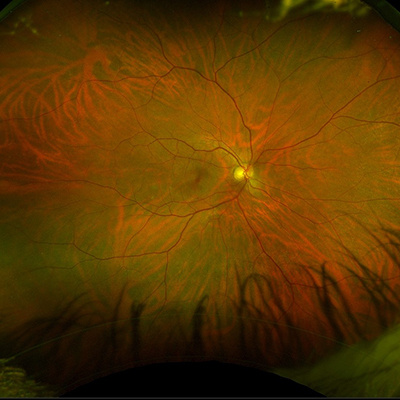
Wound Healing
Impaired wound healing is a well-recognised problem in people with diabetes, often contributing to foot ulcers, which may lead to amputation and to prolonged hospital stay post-surgery. In a combined clinical and laboratory study the team demonstrated that blood levels of kallistatin (a factor that inhibits new blood vessel formation) were higher in adult with Type 2 diabetes and long-term vascular complications affecting the heart, kidneys or eyes, a subgroup at high risk of impaired wound healing. In a mouse model we demonstrated that over-expressing kallistatin led to reduced blood vessel density and hair follicles (which contain protective stem cells) and delayed wound healing. The cell communications ('signaling’) pathway involved was identified and furthermore, activation of this pathway was able to improve wound healing.
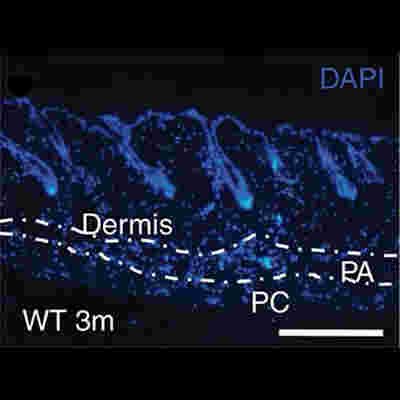
Effects of Metformin on Cardiac Function in Type 1 Diabetes
Metformin, a commonly used glucose control drug in people with Type 2 diabetes has some benefits in people with Type 1 diabetes when added to their essential insulin injections. Benefits of metformin demonstrated for some risk factors and on blood vessel and kidney health in the REMOVAL trial in high heart disease risk adults. Metformin may also protect against loss of heart muscle strength. Complementing a study in which some participants in the Type 1 diabetes REMOVAL trial and non-diabetic adults had an ultrasound test of the heart, a rat model study has been conducted. Manuscripts are in preparation.
As well as improving understanding of mechanisms of tissue damage and protection these models can be used to test potential treatments prior to their use in humans.

A Novel Mouse Model of Increased Oxidative Stress – the Xenomouse
Diabetes is thought to be associated with Increased oxidative stress, which promote the long-term eye, kidney, heart and blood vessel complications of diabetes. Professor Ian Trounce has developed a mouse model of increased oxidative stress, and with Prof. Ian Trounce and Dr Rachel Blake the team has induced Type 1 diabetes and assessed the biochemistry, structure and function of various tissues, including the heart, kidney, eyes and skin. Manuscript in preparation.
It is anticipated this model can be used to improve understanding of mechanisms of tissue damage and protection and to test potential treatments prior to their use in humans.
